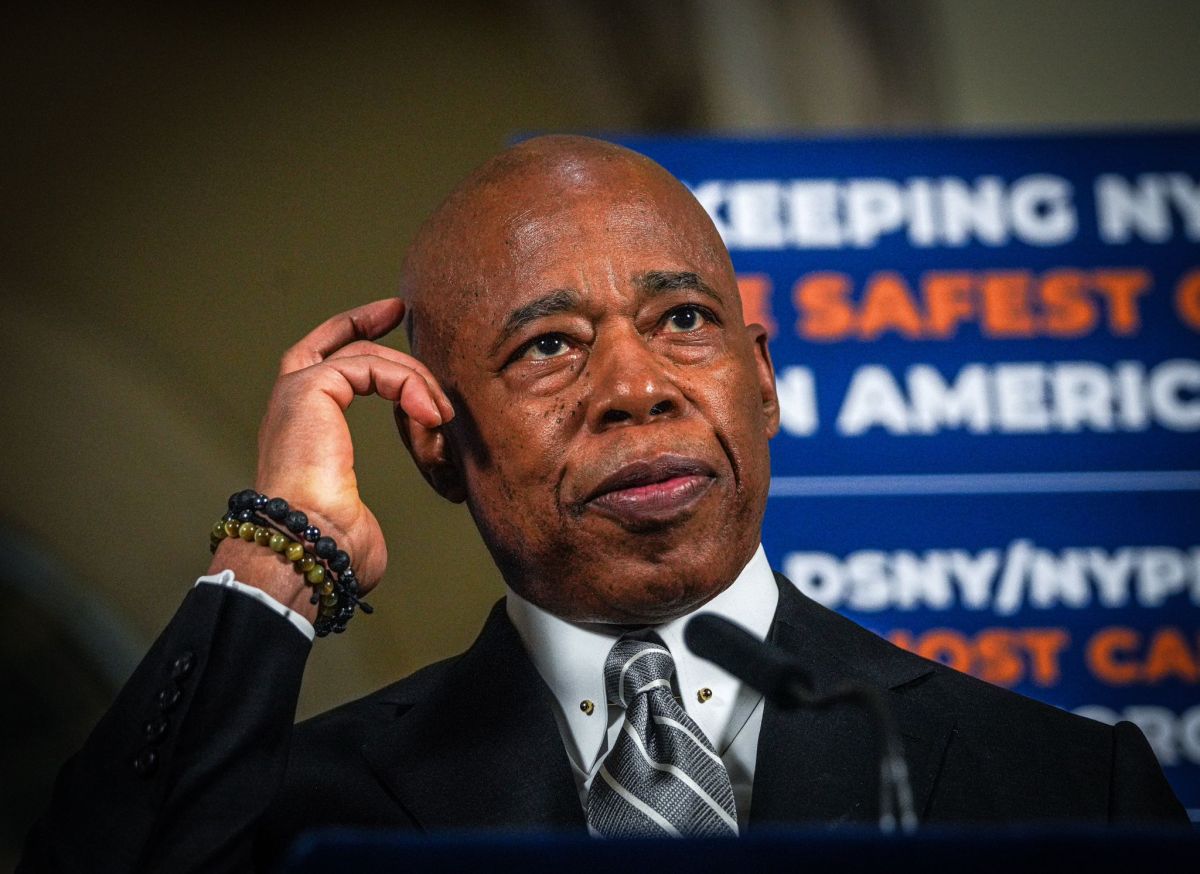By Bob Harris
In 1991, when the new City Charter was written, civic leaders warned that the creation of a city Board of Standards and Appeals would lower the quality of life, and it is happening as predicted.
The BSA consists of five members appointed by the mayor. It has the authority to rule on requests by builders to change or grant variances to the zoning of property. The zoning of a lot determines what can be built on a lot. The builder gives reasons why he or she should be able to build a larger building even if it is out of context with the other buildings in the neighborhood.
The BSA represented residents because the borough presidents listened to their constituents and voted to maintain the zoning and quality of life in each community. The Queens Civic Council has taken a stand against the actions of the BSA.
For years, community leaders have complained that the BSA seems to always grant variances to builders, although neighborhood civic associations, community boards and the borough presidents vote against a variance after hearings were held.
In eastern Queens, City Councilmen Mark Weprin (D-Oakland Gardens) and Dan Halloran (R-Whitestone) have rallied with civic leaders against a construction site in their area of Queens. A BSA decision permitted the building of a second house in a small garden on a lot which already has one house.
In western Queens, Councilman Jimmy Van Bramer (D-Sunnyside) has stood with community leaders against a site on Woodside Avenue, where the area is zoned for only five-story buildings but the owner wants an eight-story building.
Other problems are gasoline stations which are often granted a variance to function on a lot where they normally would not be permitted. The variances are usually granted for 10 years to make sure the stations are good neighbors. Often the owners of the stations do not reapply after 10 years.
If the stations are poor neighbors, the community complains and the BSA makes them reapply for the renewal of the variances, which requires a public hearing. There is no punishment when the owners reapply. Legislators have proposed legislation which they believe will create a BSA which respects the wants of neighborhoods.
Van Bramer has said that between 2001 and 2005, only 2.5 percent of the variances presented to the BSA were rejected. Developers frequently claim “a hardship” when requesting a variance, although they often created it themselves by buying a small lot or just overpaying. One of his proposed bills would require the votes of the Department of City Planning, community boards, borough boards, leasees and tenants to be evaluated into the decision of the BSA.
Other Council legislation would expand the BSA to include a member of each from the public advocate’s and borough presidents’ offices and community boards, create a formal complaint procedure for community members and require the mayor’s appointees to be approved by the Council.
It is hoped that the proposed Van Bramer and Halloran bills could be merged to create bills which could be voted on by the whole Council. Today, the only recourse against a decision of the BSA is to go to court, which is expensive.
Of course, the mayor could always veto any bills which weaken the power of the BSA, the pro-developer philosophy of which he likes and which supports his administration. For years civic leaders have worked to reform the BSA, but nothing has been done and the zoning resolution is being steadily eroded.
People like the tree-lined streets, adequate parking, green spaces, neighborliness and clear air found in Queens. They do not want cement or brick walls everywhere, cars parked on lawns or garbage everywhere. People join civic associations to maintain their quality of life.
It is sad that the BSA does not maintain this quality of life but supports the speculators and builders who just want to make money.
GOOD AND BAD NEWS OF THE WEEK: The Occupy Wall Street movement, which started in Zuccotti Park in Lower Manhattan, was a grassroots movement. The 99 percent who are unhappy include the residents near those out-of-place buildings which the BSA allowed to be being built with variances to the zoning resolution.



































